CARING WITH FAMILY
|
| The level of affection a breed typically displays towards family members and familiar individuals can vary. Some breeds tend to be more reserved and aloof, primarily bonding closely with their owners. Conversely, there are breeds known for their friendly nature, treating everyone they know as if they were their closest companion. |
LOVE WITH CHILDREN
Unwise
Good With Children
|
| The level of tolerance and patience a breed exhibits towards children's behavior, as well as their overall family-friendly nature, can vary among different breeds. While supervision is always necessary when dogs interact with young children or children with limited exposure to dogs some breeds are known to be particularly tolerant and well-suited for family environments. |
BEHAVIOR WITH DOGS
Unwise
Good With Other Dogs
|
| The general friendliness of a breed towards other dogs can vary. While all dog interactions should be supervised, certain breeds tend to have a more amicable disposition towards other dogs, both within their own household and in public settings. It's important to remember that individual temperament and socialization play crucial roles in a dog's behavior towards fellow canines. Early and ongoing socialization, along with positive experiences can significantly influence a dog's ability to get along with other dogs. |
SHEDDING LEVELS & MANAGEMENT
No Shedding
Hair Everywhere
|
| The amount of fur and hair a breed tends to shed can vary greatly. Some breeds have a minimal shedding pattern and leave behind very little fur or hair, while others are known for high shedding levels. Breeds that shed heavily may require more frequent brushing to remove loose fur and minimize shedding in the home. This can help reduce the amount of hair left behind on furniture, floors and clothing. It is important to note that even breeds with minimal shedding will still have some hair loss, although to a lesser extent. |
COAT GROOMING STANDARDS
|
| The frequency of bathing, brushing, trimming, and other coat maintenance tasks can vary depending on the breed. When considering a breed, it's important to factor in the time, patience and budget you have available for grooming. |
DROOLING INTENSITY
Less Likely to Drool
Always Have a Towel
|
| The tendency to drool can vary among different breeds. While some dogs are naturally more prone to drooling, others have minimal drooling tendencies. If you value cleanliness and are particularly concerned about slobber, it may be important to consider a breed with lower |
COAT STYLES GUIDE |
| Double |
| COAT SPECTRUM |
| Short |
FRIENDLINESS
Reserved
Everyone Is My Best Friend
|
| The level of openness a breed demonstrates towards strangers can vary. Certain breeds may display reservation or caution when encountering unfamiliar individuals regardless of the location, whereas other breeds eagerly embrace the chance to meet a new person whenever possible. |
LIVELINESS
Only When You Want To Play
Non-Stop
|
| The likelihood of a breed's ongoing enthusiasm for play, even beyond the age of being a puppy, can differ. Some breeds will willingly partake in games such as tug-of-war or fetch well into their adulthood, while others will be content with relaxing on the couch with you for most of the time. |
VIGILANCE INTENSITY
What's Mine Is Yours
Vigilant
|
| Some breeds have a natural inclination to notify you when strangers are present. These breeds tend to respond to any perceived threat, whether it's the mailman or a squirrel outside the window. Additionally, such breeds are likely to become friendly with strangers who enter the household and are welcomed by their family. |
ADAPTATION CAPACITY
Lives For Routine
Highly Adaptable
|
| The adaptability of a breed in coping with change can vary. This encompasses adjustments in living conditions, noise levels, weather patterns, daily routines and other variations encountered in everyday life. |
OBEDIENCE LEVEL
Self-Willed
Eager to Please
|
| The likelihood of your dog being easy to train and their receptiveness to learning new things can differ. Certain breeds possess a natural inclination to seek their owner's approval, making them highly trainable, while others display a more independent nature valuing their own desires and acting accordingly. |
STAMINA LEVEL
|
| The level of exercise and mental stimulation needed by a breed can differ. High-energy breeds thrive on constant activity and eagerly look forward to their next escapade. They dedicate their time to running, jumping, and playing throughout the day. Conversely, low-energy breeds exhibit a more laid-back nature content to rest and snooze resembling couch potatoes. |
VOCALIZATION
|
| Likes To Be Vocal |
LEARNING CURIOSITY LEVEL
Happy to Lounge
Needs a Job or Activity
|
| The amount of mental stimulation a breed needs to remain content and in good health can differ. Dogs bred for specific purposes often have job-related tasks that require decision-making, problem-solving, concentration and other cognitive abilities. In the absence of appropriate mental exercise, they may invent their own projects to occupy their minds — projects that may not necessarily align with your preferences. |
| COLORS |
|
Description
|
Registration Code
|
|
Fawn
|
082
|
|
Brindle
|
057
|
|
Red
|
140
|
|
Tri-Colored
|
380
|
|
| PATTERNS |
|
Description
|
Registration Code
|
|
Sable
|
026
|
|
White Markings
|
014
|
|
Sable, White Markings
|
067
|
|



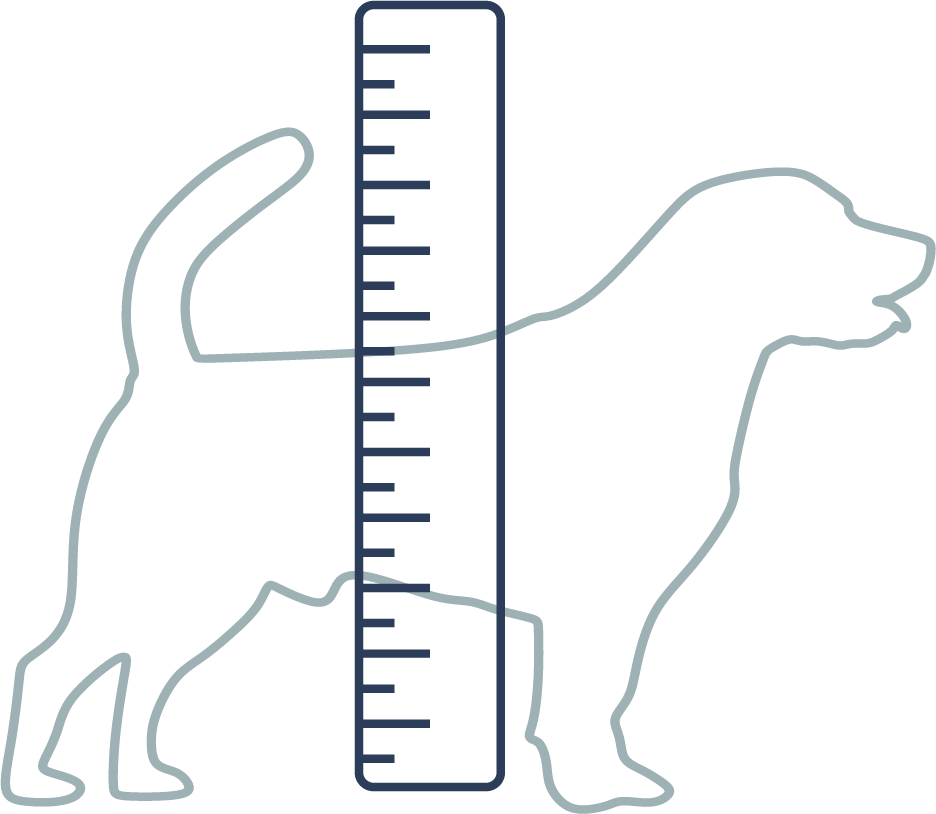


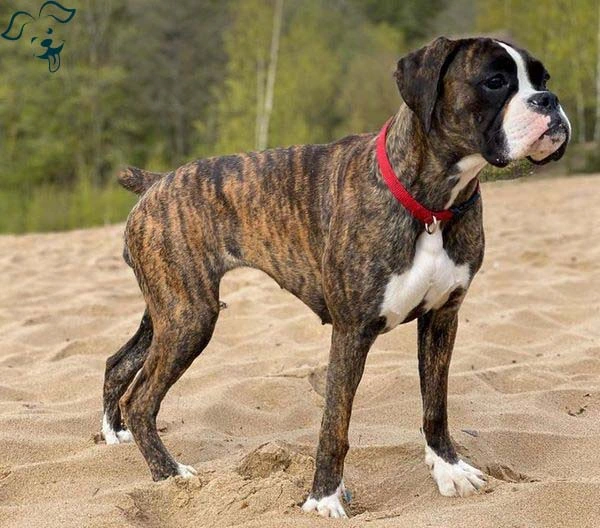
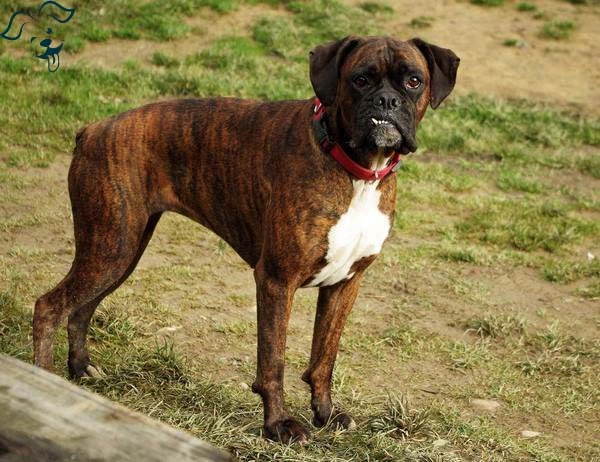
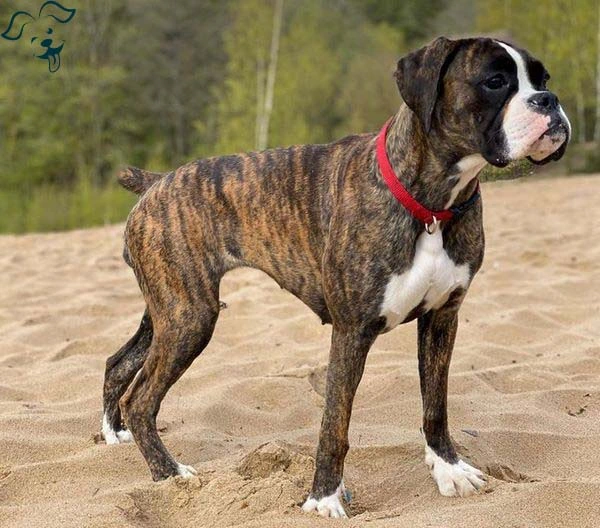
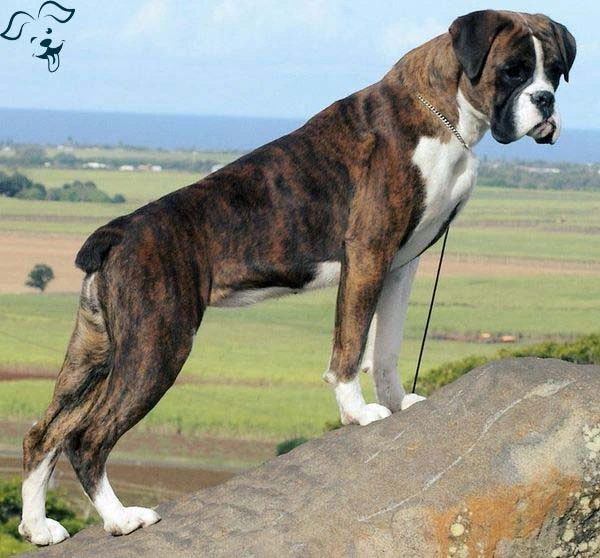





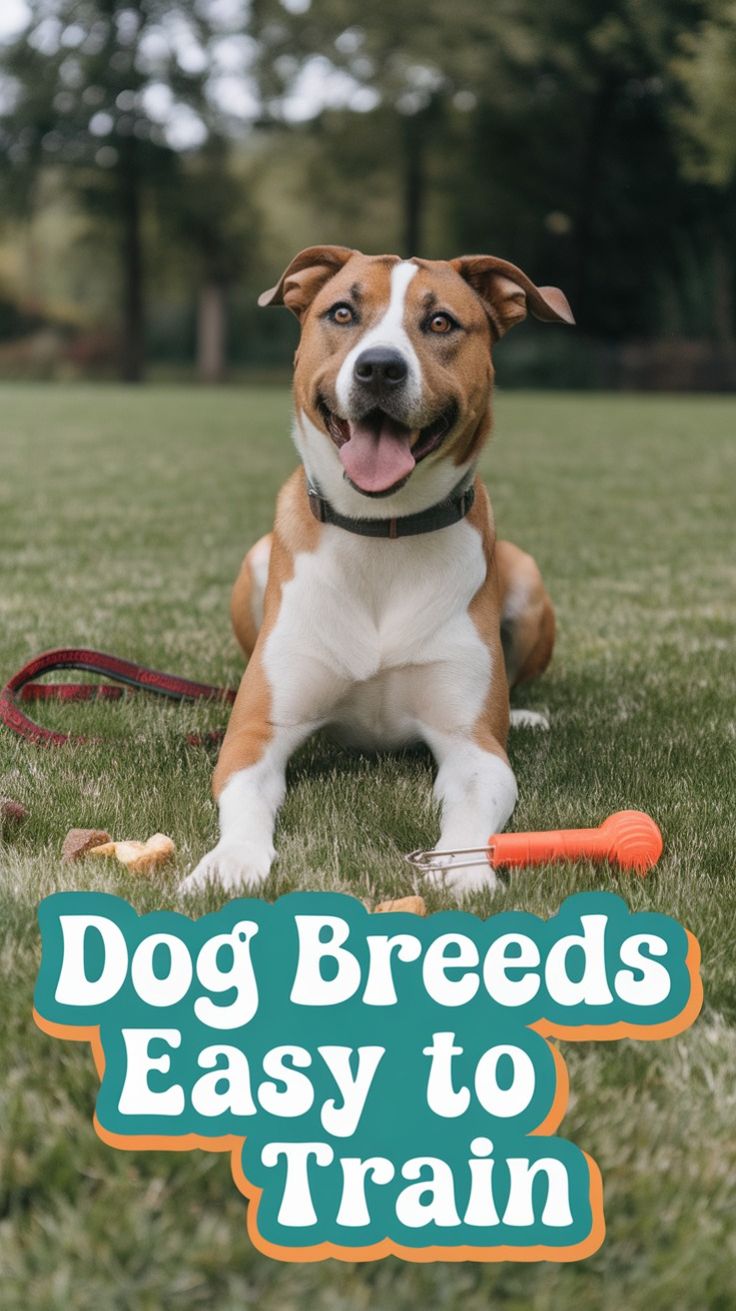
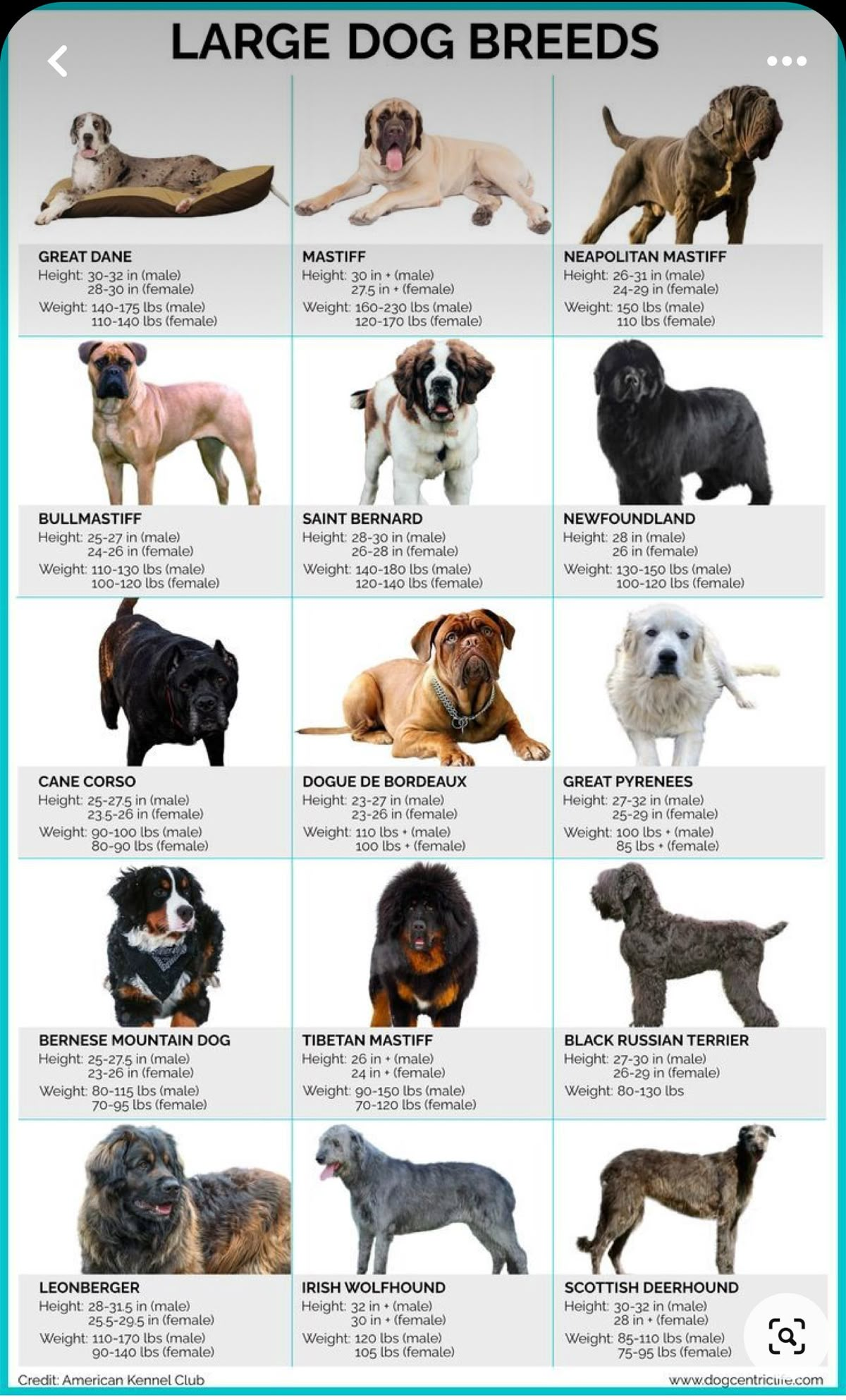

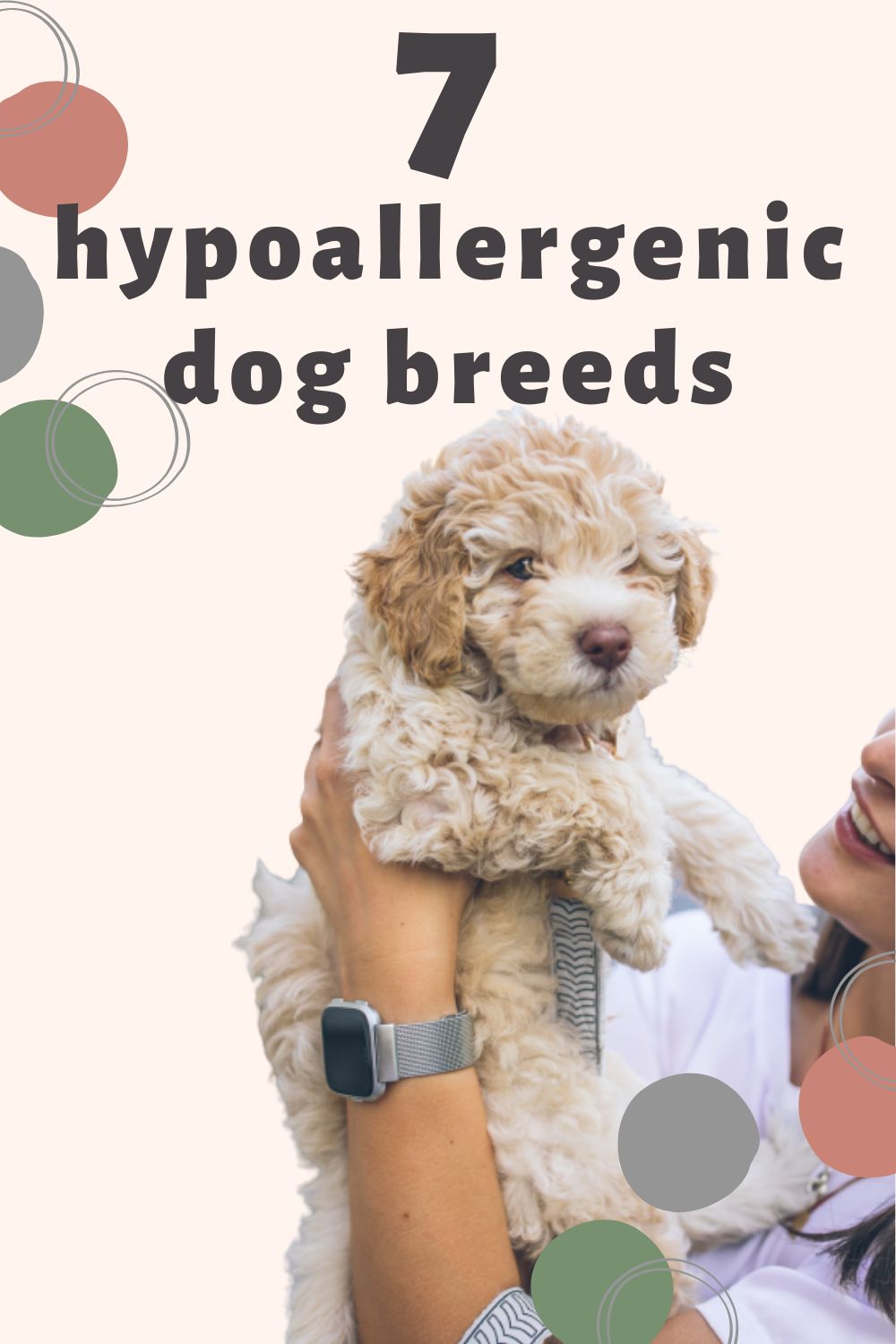
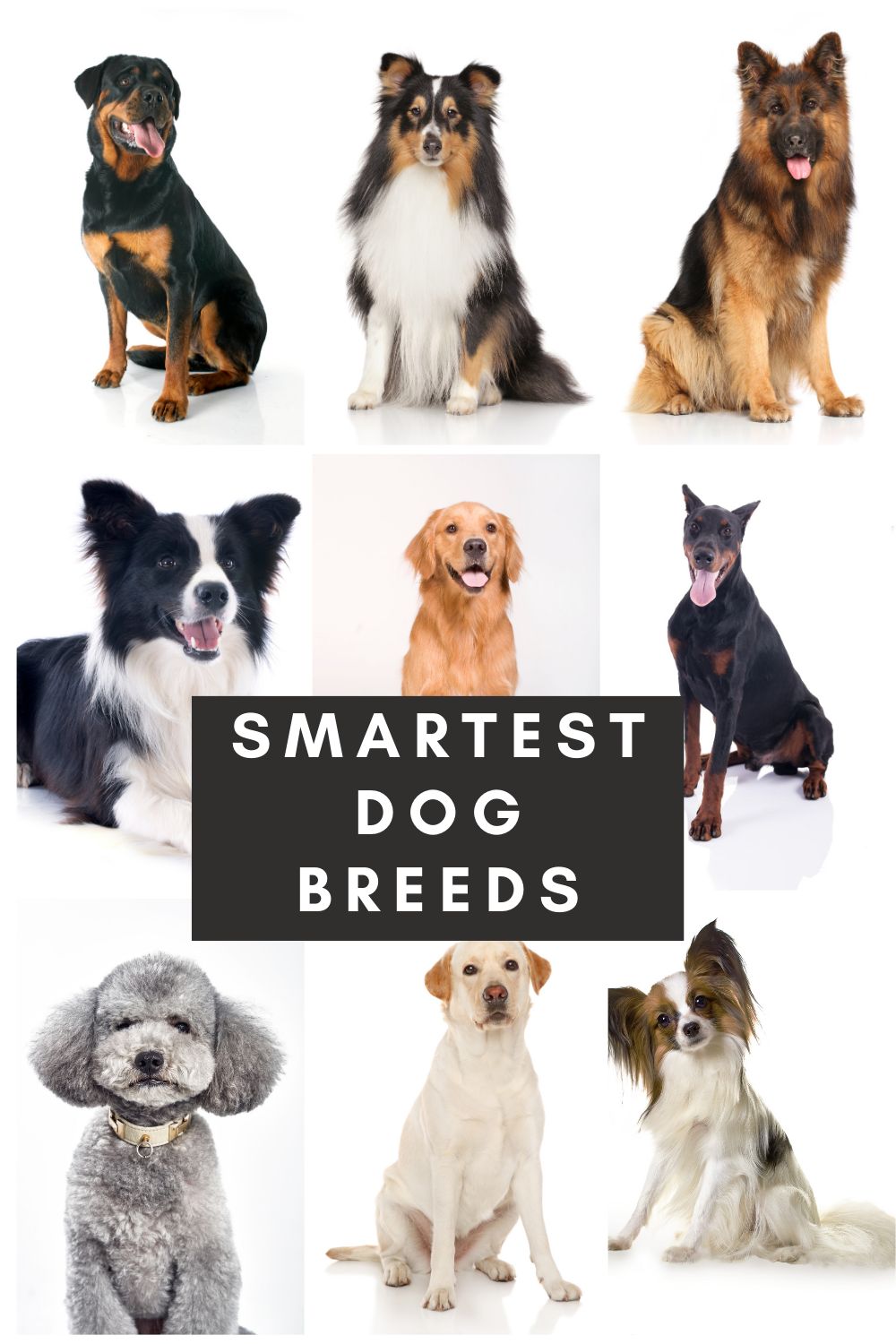



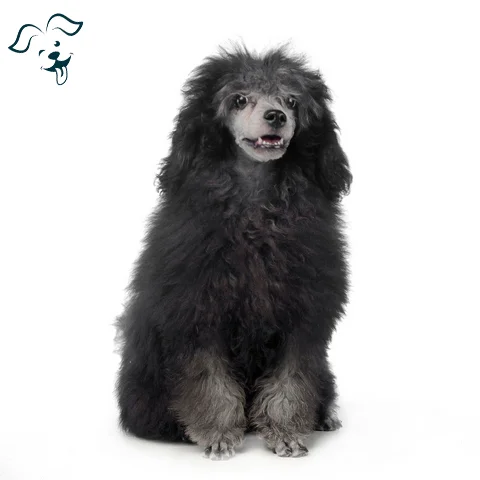

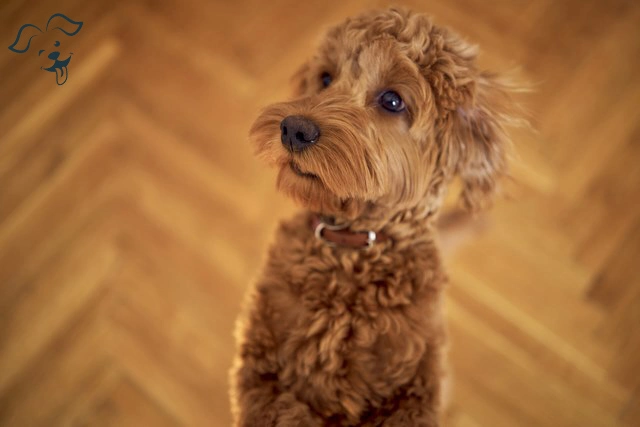
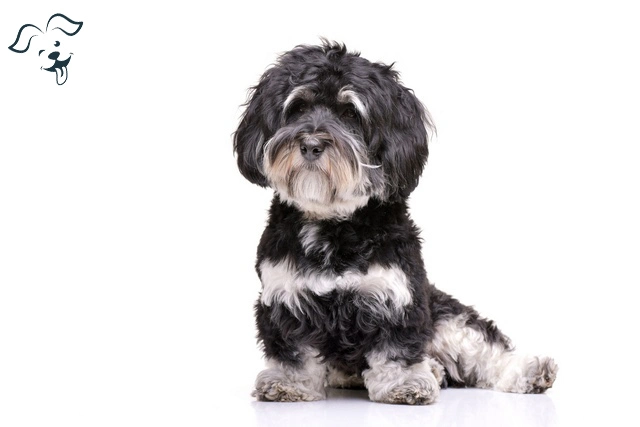
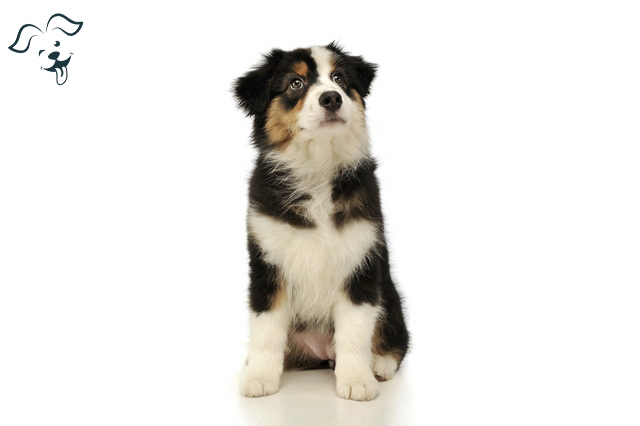
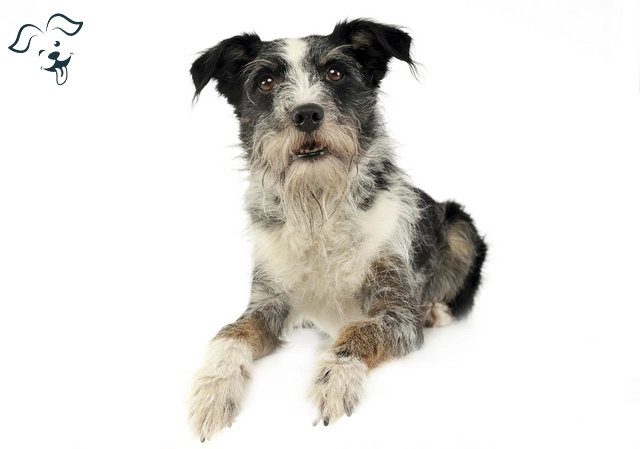
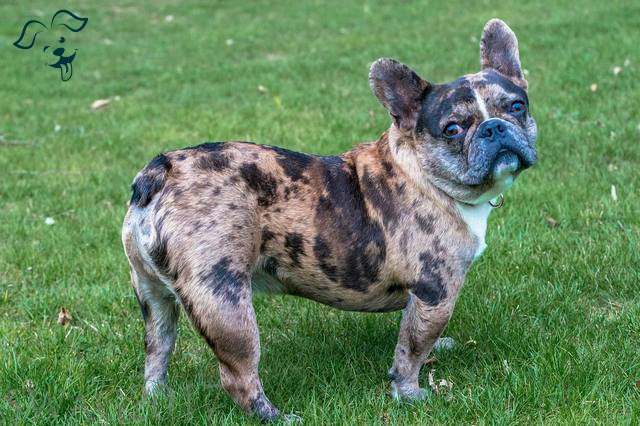
FRIENDLINESS
LIVELINESS
VIGILANCE INTENSITY
ADAPTATION CAPACITY